Read and Feed the Woodworker in You
There are books I come across from time to time that become rereads you keep because they add an enriching warmth to your life and unquestionably they become just yours. Aldren Watson’s book, Hand tools: Their ways and their workings, is a good example, and then there are encyclopaedic manuals too, like R A Salaman’s Dictionary of Woodworking Tools. Not a reading book so much as one of the most wonderful woodworking reference books ever pulled together.
Well, here are two books for Christmas holiday reading and then on into the new year too. If you are like me you will want these in your library of woodworking books, no matter where you live. The New Sylva renews the necessity for a vibrant resurgence in our present age to parallel the work of former generations even digging most deeply into the past work accomplished by sylvaculturalists and diarists recording the details of nature in their age. A book written in 1664 by John Evelyn and published by the Royal Society in 1664 was the world’s first ever comprehensive study of trees to be published. Silvologist, Gabriel Hemery and artist Sarah Simblet coauthored (if that’s the right word) a new work as The New Sylva to bridge the gap of 350 years with their carful words and art and the result is just stunning. 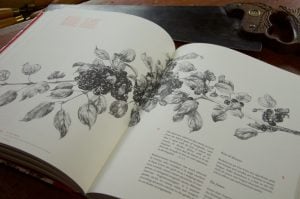
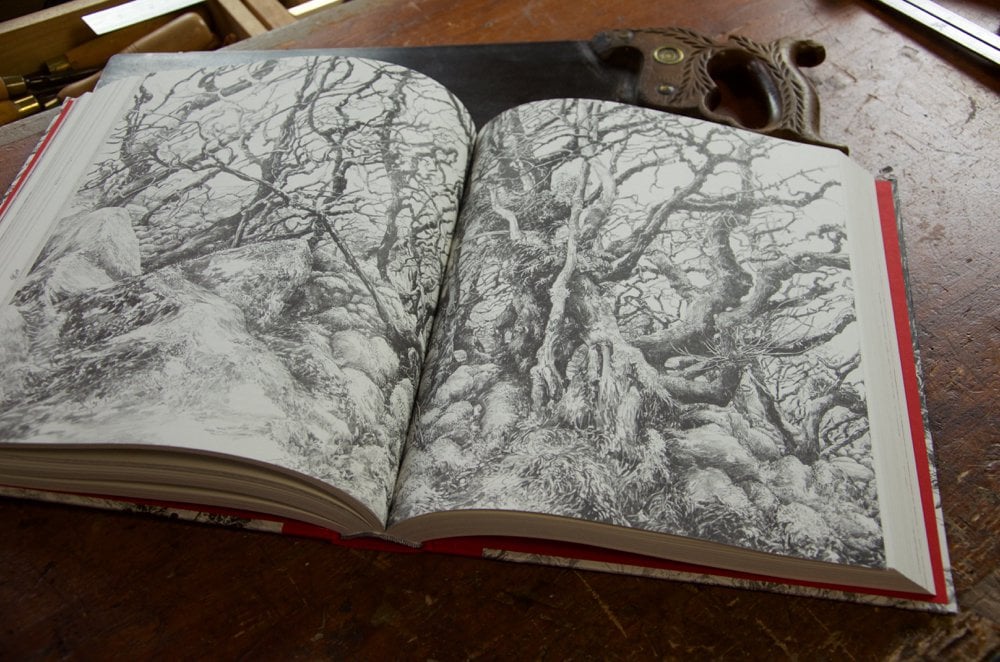
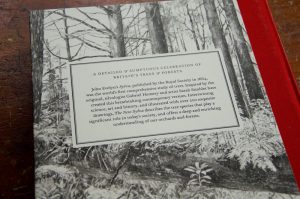
As a lifelong woodworker I found the historical references fascinating and then too the accent on developing a respect toward a sustaining culture whereby future generations will know that this generation cared for them and the woodlands and forests they would yet come to know and live in and live with and live by. the symbiosis might at one time have been lost had there not been a new and emerging culture influencing change for the better in woodland management.
A key contribution beyond the text are the 200 illustrations. I have examined cones, leaves and bark, the shapes of trees and the colours inside buds and flowers throughout my life. The giant redwoods (Sequoiadendron giganteum (giant sequoia, giant redwood, Sierra redwood, Sierran redwood, or Wellingtonia) I have sheltered under and sat in and climbed on are detailed in the book and when I saw how Sarah Simblet captured the essence in every detail through her artwork I wondered if the beautiful illustration might one day be available as a limited edition print.
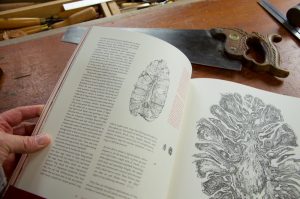
The Artisan of Ipswich by Robert Tarule
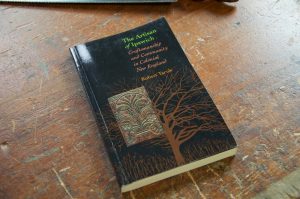
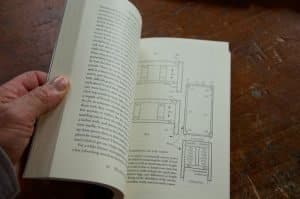
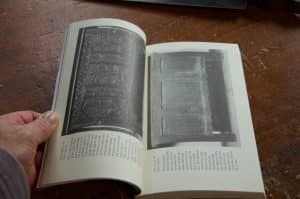
Do the book justice and snuggle down with it on the couch in front of a log or coal fire and a mug of cocoa. It will help you to disengage from work in a techie world for a few days and then disentangle your mind to play in the snow and build that snowman you should have built 50 years ago but didn’t find the time for. Enjoy!


Dear Paul as I read this post about trees and the art and writings of these people. I was reminded of my past as I grew up in the woods as we might say, and have been very blessed by having done so. Our forefathers dependence on trees for there living has had a large impact on my life.
The Artisan of Ipswich is available at Amazon.
I may by this because Ipswich is not too far from my home and it sounds interesting.
It would be fun to track down the passage of the man and see what’s left.
So many wonderful books available to explore. I missed an opportunity to meet Aldren Watson before he passed away in 2013 at 95. I do however own and recommend his book ‘Country Furniture’.
For those interested in antique tools pick up any of artist Eric Sloane’s antiquarian books such as ‘A Museum of Early American Tools’. For a good ‘tuck in by the fire book’ find ‘The Wheelright’s Shop’ by George Sturt. A family history of wagon making over two centuries.
Thomas Parkenham’s ‘Meetings with Remarkable Trees’ is one of my very favorite coffee table Books. Many more one can recommend.
I read all of these when I lived in the USA and of course they were great Christmas gifts for our boys who loved them too. I haven’t read the last one there though. Actually, I just ordered it and bought it from Amazon for one penny plus £2.81 shipping.
As someone from Ipswich Massachusetts, I’ll gladly buy the second as soon as possible. I wish I’d heard of it sooner, even. Thank you for the wonderful recommendations. There are so many interesting aspects to the history of New England, that somehow woodworking hadn’t even occurred to me as being a defining part of it- but indeed, it must have been.
Great recommendations. Might I recommend, Oak: The Frame of Civilization by William Bryant Logan.
Yes, I read this when it came out too. Good read and very informative.
Pleased you were able to locate a copy.
I’ll second Eric Sloan, especially his, “A Reverence for Wood.” My copy is a bundle of loose pages at this point, held together in a bundle with an elastic band. I read this first while visiting friends in rural New Hampshire. They were reroofing their barn at the time which meshed with the story in “A Reverence for Wood.” Funny timing. Also, it was so strange to see chestnut planking, often over two feet in width….and it was used as roof sheathing!
Thank you again for the recommends. I just finished “The Artisan of Ipswich”, a Christmas present from my lovely wife. I especially liked the author’s insight into the culture and stewardship of their woodlands. Also interesting how all the different trades of artisans were linked together by the oak. Cheers!